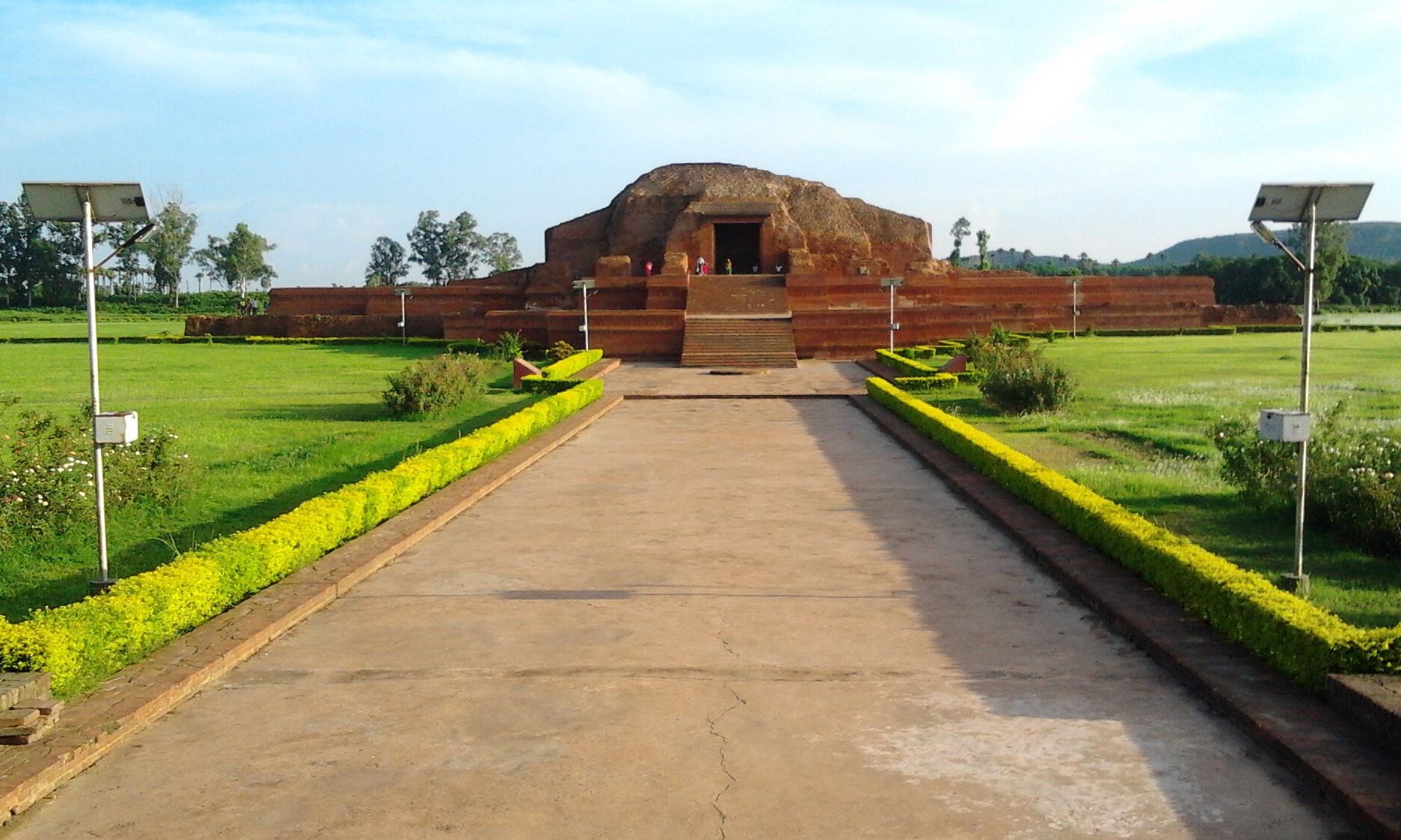His early days were spent in financial scarcities. He did his Primary schooling from Rajghat Middle School, at Banka. After completion of 10 th Board exam from Madita Vidyarthi High School, he moved to Evening College (Now B.N.College) for his Intermediate. He had to leave his graduation incomplete due to financial paucity. Meanwhile he did farming, raring cattles, sold milk up to Rampur Bazaar.
Thereafter, he left for Delhi with just one Rupee in hand. There he started working in a leather factory with a salary of Rs. 30/- per day. For his hard work, he was promoted to the store manager. Later, he was appointed as chairman…



















